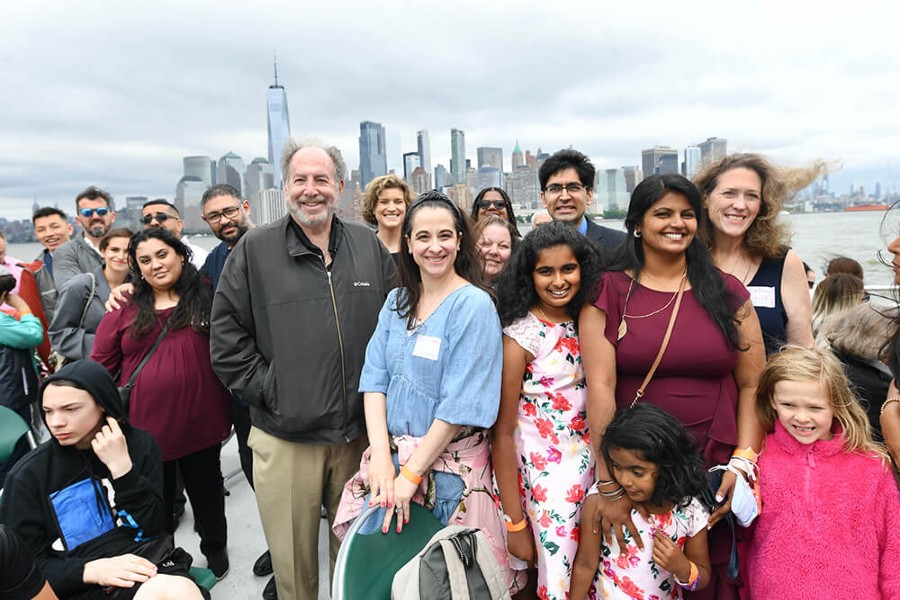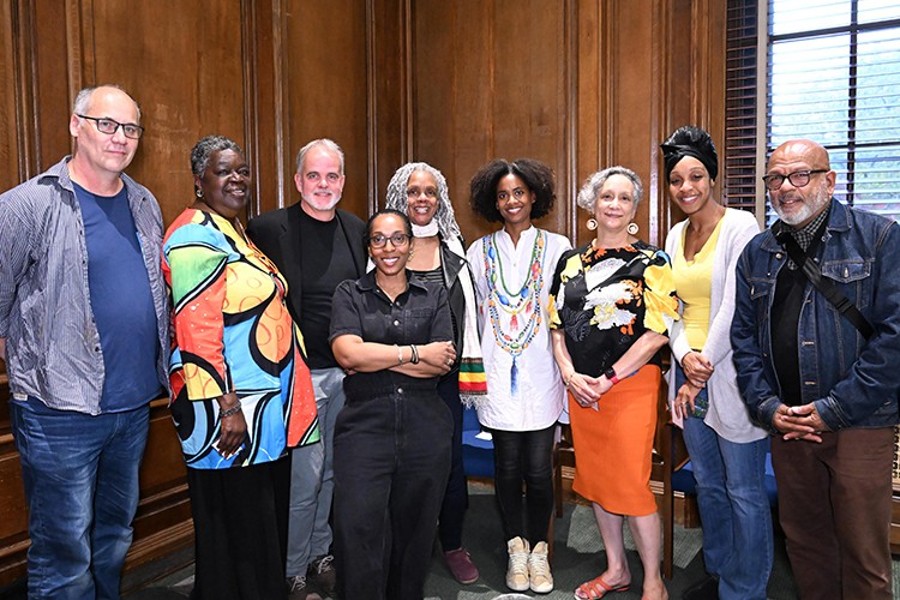By Arva Rice
A lot has been made in recent weeks of creating a cap on Uber, Lyft and other for-hire vehicles. With the conversation almost entirely about congestion in Midtown, the effect that a cap would have on communities of color has been almost an afterthought.
It shouldn’t be.
While it’s entirely possible that a cap would reduce congestion in the central business district, it’s equally plausible that it would devastate transportation options in the rest of the city, predominantly communities of color, which have long been underserved and overlooked by transportation officials and independent cab drivers.
It’s public knowledge that when yellow cabs ruled the street, people of color—especially those in the boroughs—had a hard time hailing.
But when Uber and Lyft came online, with firm anti-discrimination policies designed to combat racial redlining and better customer service than the Taxi and Limousine Commission, areas of the city like my neighborhood in Harlem finally had more options, equity and access.
And the new companies were rewarded for it.
Almost 60% of for-hire rides begin or end outside of Manhattan. These rides are predictable in that they go not to fancy restaurants, but to grocery stores, doctor’s offices and transit connections. They’ve become intrinsic to the way lower-income areas in New York operate, helping people connect with resources to make their lives easier, to other forms of transit and to the city at large. These are the rides that would be most at risk with a cap on for-hire vehicles.
Almost 60% of for-hire rides begin or end outside of Manhattan. These rides are predictable in that they go not to fancy restaurants, but to grocery stores, doctor’s offices and transit connections. They’ve become intrinsic to the way lower-income areas in New York operate, helping people connect with resources to make their lives easier, to other forms of transit and to the city at large. These are the rides that would be most at risk with a cap on for-hire vehicles.
Taxis flock to the busiest parts of town, where the rides tend to be shorter and they can turn over more fares—and tips. While there is a tremendous need for service in the boroughs, the natural and understandable inclination for cab drivers is to head where the pickings are plentiful: Midtown. A cap would make that phenomenon even more pronounced.
A cut in the ride-sharing fleet might reduce congestion a bit in Midtown and downtown, but likely not as much as hoped, because it’s where the cars want to be. The reduction would be most immediately felt not on 42nd Street but in places like Bedford-Stuyvesant and Ozone Park, Queens, where for-hire vehicles are providing a lifeline for working New Yorkers. We would slip back into old patterns, where service is available to some and not others.
To put it another way, a cap might begin to fix the hell in Hell’s Kitchen, but the boroughs would pay the price. Whereas a rider in Midtown has multiple train lines and buses to substitute for any decline in ride-hail, in, say, Bushwick and Brownsville, Brooklyn, the train can be distant and inaccessible to other lines. If you live in the heart of Bedford-Stuyvesant, for example, the A, C and G trains can be upward of a 20-minute walk away.
It’s the riders who don’t have access to the wealth of public transit options who would be immediately punished by a Manhattan-centric, one-size-fits-all cap. Particularly at risk: busy parents and senior citizens—the very populations that city leaders profess to always have at top of mind.
There is no question that we need to deal with the congestion in the center of the city; but we can’t put the entire weight of our long-range urban planning on just a handful of companies, at the expense of outer-borough residents, and expect the plan to be successful.
New York is the center of the world, the innovative engine that powers our nation. If we want to live up to that lofty image, we need to do better than a draconian cap that burdens communities of color and neighborhoods beyond Manhattan.
Arva Rice is president and CEO of the New York Urban League. Via source.
Become a Harlem Insider!
By submitting this form, you are consenting to receive marketing emails from: Harlem World Magazine, 2521 1/2 west 42nd street, Los Angeles, CA, 90008, https://www.harlemworldmagazine.com. You can revoke your consent to receive emails at any time by using the SafeUnsubscribe® link, found at the bottom of every email. Emails are serviced by Constant Contact









